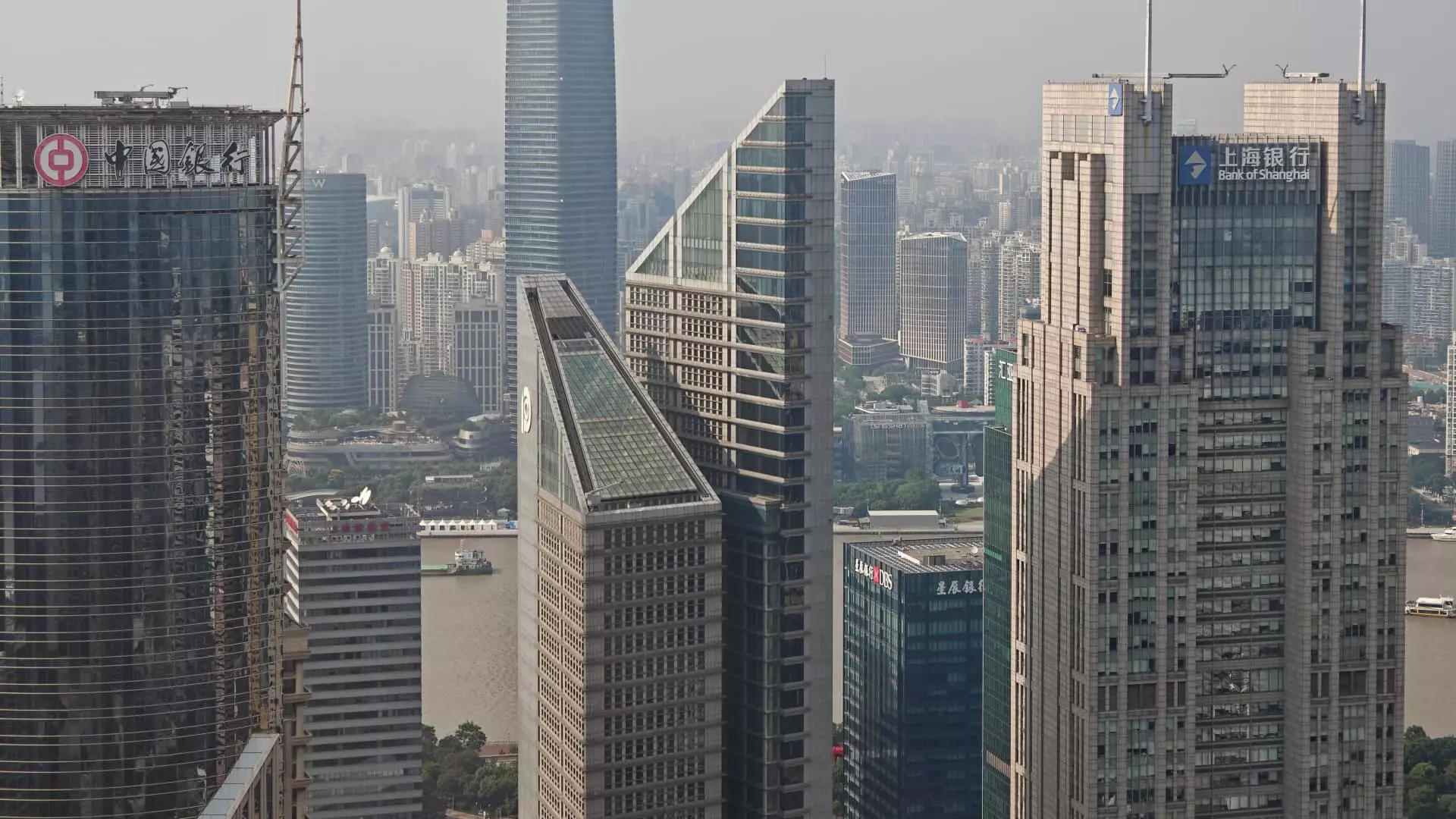Despite official narratives suggesting stability or cautious optimism, the reality within China’s financial landscape is far more precarious. The prevailing sentiment from major financial institutions like Morgan Stanley proclaims that ‘major portfolio shifts’ are unnecessary at this stage, but a closer inspection reveals a dangerous complacency. Market insiders may trumpet a steady outlook, yet beneath this veneer lies an undercurrent of risks—geopolitical tensions, sluggish policy responses, and geopolitical headwinds—that threaten to destabilize the veneer of resilience. The careful investor should recognize that the so-called stability is merely a fragile equilibrium, susceptible to shocks from policy uncertainties or sudden geopolitical crises. Relying on optimistic forecasts and high dividend plays might seem prudent, but these strategies may obscure the more profound vulnerabilities lurking beneath the surface.
The Mirage of Policy Support and Growing Political Uncertainty
Markets are reacting to a conspicuous absence of decisive policy measures from Chinese authorities—a fact that should serve as an alarm bell. While officials gather in upcoming Politburo meetings, their past failures to invigorate growth cast doubt on future interventions. The critical timeframe looming around trade deals, tariffs, and international negotiations signals more than mere market volatility; it exposes the fragile dependency of Chinese stocks on external trade dynamics. U.S.-China relations remain a wild card, and the expiration of tariffs and trade agreements threaten to create turbulence, undermining investor confidence in a market already teetering on the edge. The optimism about tech-driven growth, particularly in artificial intelligence, offers hope but also masks the reality that innovation alone cannot sustain robust economic expansion in the face of mounting internal and external headwinds.
High-Yield Stocks: A Double-Edged Sword
The focus on high dividend yields, exemplified by assets like PICC P & C and PetroChina, is often presented as a sign of strategic resilience. However, this emphasis on yield-centric investments might be a manifestation of investor desperation amidst uncertain growth prospects. It’s important to critically evaluate whether these high yields reflect genuine company strength or merely compensation for entrenched risks. For instance, the appeal of 4.5% dividends from Chinese insurers could be short-lived if regulatory pressures or economic stagnation erode their profitability. The reliance on dividends as a safeguard ignores the potential for future dividend cuts, especially if economic conditions worsen or if government policies shift abruptly. High-yield stocks, in this context, are not so much a testament to economic vitality as they are a defensive bulwark, solidifying a false sense of security.
The Divergence Within the Market: Opportunity or Illusion?
The stark performance discrepancies between Hong Kong’s tech-heavy Hang Seng Index and mainland China’s Shanghai Composite expose the underlying fragility of the broader Chinese economy. A 20% rally in Hong Kong contrasts sharply with the underwhelming 3% rise in Shanghai, revealing investor preferences for what is perceived as higher-growth, innovation-centric sectors. Yet, this divergence is not without peril. The buoyancy in Hong Kong’s tech stocks may be temporary, driven largely by speculative fervor and renewed optimism around AI, which often overstates the actual long-term growth potential. Conversely, the sluggish Shanghai Composite indicates entrenched structural issues, including state-owned enterprise inefficiencies, debt burdens, and regulatory uncertainties. These differing trajectories suggest a market in flux, where the optimism surrounding tech clashes with the caution warranted by economic realities—highlighting a disconnect that savvy investors should scrutinize more critically.
The Rising Influence of Domestic Chinese Investors and the Limitations Therein
An intriguing development is the increasing participation of mainland Chinese investors seeking higher yields in Hong Kong-listed stocks. While tempting, this phenomenon underscores a problem: domestic restrictions, currency controls, and political pressures limit their ability to diversify globally. This inward focus fosters a bubble-like environment for high-yield assets domestically, fueling a potentially unstable cycle of pursuit for higher returns amid economic stagnation. Meanwhile, international investors—perceived as more risk-averse—remain heavily weighted toward U.S. assets, perceiving them as comparatively safer, despite ongoing geopolitical risks. This imbalance exposes vulnerabilities in China’s financial ecosystem, which is increasingly viewed as insular and fragile. A nation overly dependent on internal capital redistribution and high-yield assets risks neglecting structural reforms needed for sustainable growth. Instead, it fosters complacency, allowing short-term gains to mask deeper issues that will inevitably surface.
In an environment riddled with contradictions, financial optimism must be tempered with skepticism. While high dividend stocks and selective tech investments appear attractive, they are less signs of a robust economy than signals of an economy under stress, seeking refuge in yield and speculative hype. The sustainability of China’s economic growth hinges on far more than policy lip service and market sentiment; it demands honest reforms, clear policy direction, and international cooperation—elements that remain conspicuously absent. Investors with a conservative, center-right liberal viewpoint should view current narratives with a critical eye, recognizing that the true risks often lie beneath the surface of seemingly stable markets. It’s a dangerous game of illusions, where complacency could soon give way to unforeseen upheaval.


Leave a Reply